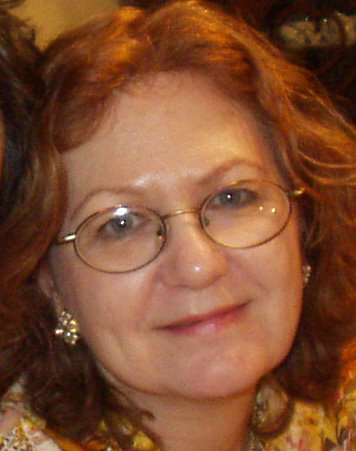What I Had for Lunch Today: Fake Chicken and Pepita Salad

Ever since I learned how to read, I have been reading with my meals if I can get away with it. I'm not so rude that I'll read at the table if other people are present (although eating and reading with other people who are also eating and reading would be the best of all possible worlds). Since the advent of the internet, I sometimes eat at my desk while reading something online, especially if it's chilly. (I've got a comfy setup: heater under the desk, dog sleeping on my feet, fuzzy blanket, etc.) But on a sunny day, nothing beats the kitchen table, a plate of food, a cup of tea, and a book.
At the moment I'm working through a review copy of Abbe Diaz's PX This, a hilarious insider's view of the tony Manhattan restaurant and fashion industry. While I read about celebrity chef Jean-Georges Vongerichten's tuna spring rolls and his tantruming staff, I'm eating a salad of romaine dressed with extra-virgin olive oil, fresh lemon juice, sea salt and freshly ground black pepper. To this I added grape tomatoes, sautéed strips of fake chicken, and pepitas. It's healthful, delicious and cheap, plus I don't have to sit by the toilets or be snubbed by a bitchy maitre d'.
Labels: food


